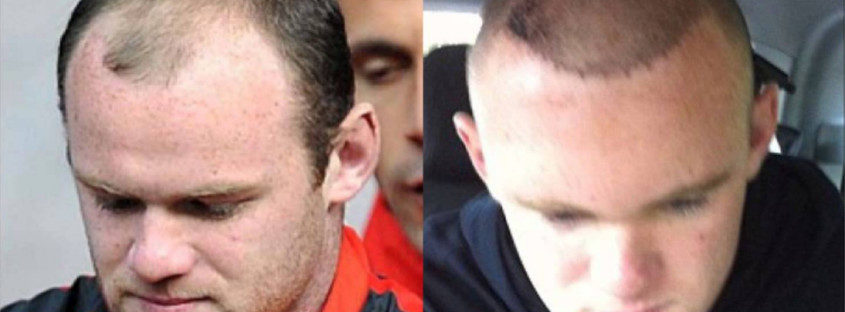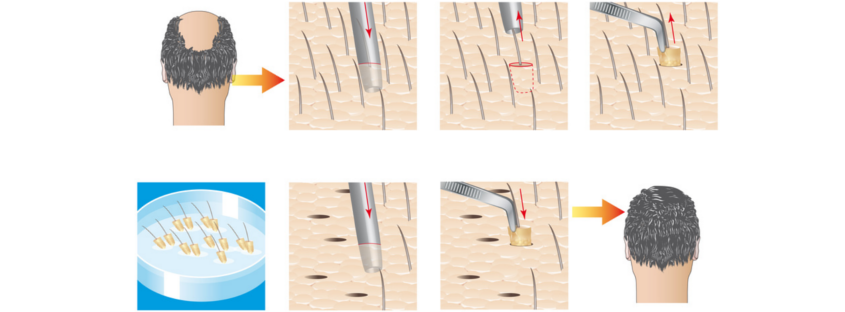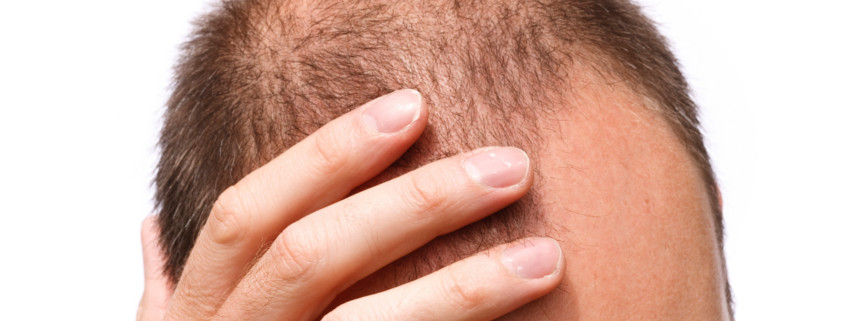https://haircompare.net/wp-content/uploads/2017/05/phases-of-hair-growth-after-fue-hair-transplantation.jpg
312
845
Editorial Staff
https://haircompare.net/wp-content/uploads/2016/01/haircompare-logo.png
Editorial Staff2017-05-22 18:05:322017-05-22 18:14:16Phases of Hair Growth after FUE Surgery
https://haircompare.net/wp-content/uploads/2017/03/Chances-of-Success-in-Hair-Transplantation.jpg
624
1690
Editorial Staff
https://haircompare.net/wp-content/uploads/2016/01/haircompare-logo.png
Editorial Staff2017-03-16 13:37:112017-03-16 13:52:47Chances of Success in Hair Transplantation
https://haircompare.net/wp-content/uploads/2017/02/hair-transplantation-for-women.jpg
312
845
Editorial Staff
https://haircompare.net/wp-content/uploads/2016/01/haircompare-logo.png
Editorial Staff2017-02-02 11:11:052017-02-02 11:15:01Hair Transplantation for Women
https://haircompare.net/wp-content/uploads/2017/01/hair-loss-medication.jpg
312
845
Editorial Staff
https://haircompare.net/wp-content/uploads/2016/01/haircompare-logo.png
Editorial Staff2017-01-02 19:56:062017-01-02 19:58:11Hair Loss Medication
https://haircompare.net/wp-content/uploads/2016/12/follicular-uni-extraction-fue.jpg
312
845
Editorial Staff
https://haircompare.net/wp-content/uploads/2016/01/haircompare-logo.png
Editorial Staff2016-12-16 15:22:032016-12-16 15:30:04The Procedure of Follicular Hair Extraction - FUE
https://haircompare.net/wp-content/uploads/2016/11/celebs-who-had-hair-transplantxcf.jpg
312
845
Editorial Staff
https://haircompare.net/wp-content/uploads/2016/01/haircompare-logo.png
Editorial Staff2016-11-17 14:51:552016-11-17 16:12:32Celebs Who Have Had Hair Transplants
https://haircompare.net/wp-content/uploads/2016/11/Techniques-of-hair-transplantation.png
312
845
Editorial Staff
https://haircompare.net/wp-content/uploads/2016/01/haircompare-logo.png
Editorial Staff2016-11-12 22:03:022016-12-16 15:40:06Hair Transplant Methods
https://haircompare.net/wp-content/uploads/2016/08/hair-loss-1.jpg
321
845
Editorial Staff
https://haircompare.net/wp-content/uploads/2016/01/haircompare-logo.png
Editorial Staff2016-08-29 21:05:292016-08-29 21:23:22Types of Hair Loss
Scroll to top








